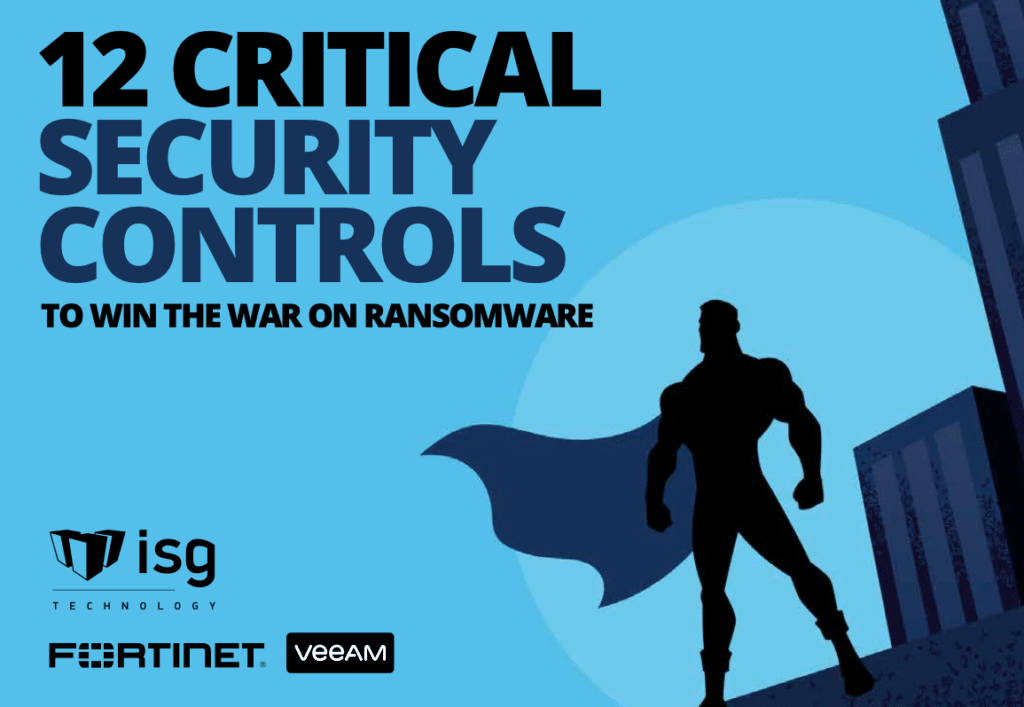Secured, Encrypted & Tested Backups
In today’s world, having a strong backup and disaster recovery plan is a cornerstone of a comprehensive security strategy.
Cyber threats, natural disasters, and human errors can strike at any moment, potentially leading to data loss and disruptions. A well-structured backup and disaster recovery plan acts as a safety net, ensuring that critical information is protected, recoverable and accessible.
Follow these best practices to safeguard your businesses against unforeseen events and bolster your resilience.
1. Create A Disaster Recovery/Business Continuity Plan
It’s essential to have a well-defined Business Continuity and Disaster Recovery Plan (BCDR). A BCDR outlines the procedures, responsibilities, and communication strategies during and after a disaster. It includes alternative operational methods and employee training programs for a seamless transition to backup systems.
2. Adhere to the 3-2-1 Backup Rule
Follow this rule by creating three copies of your data: store two on different media within the same location, and one off site. This ensures data integrity in the event of hardware failures, cyber attacks, or natural disasters, especially with regular testing. For an added layer of protection, use data encryption. This ensures that even if unauthorized users gain access, the data remains inaccessible and secure without the appropriate key.
3. Understand and Implement RPO and RTO
Optimizing RPO and RTO and regularly updating disaster recovery plans will ensure that businesses effectively mitigate risks and maintain operational integrity.
Recovery Point Objective (RPO):
RPO defines the maximum acceptable amount of data loss in the event of a disaster. It signifies the timestamp to which data must be restored to resume normal operations. For instance, if the RPO is one hour, the backup must be less than an hour old.
Recovery Time Objective (RTO)
RTO signifies the maximum duration within which systems, applications, or functions must be restored after a disruption. A shorter RTO indicates faster recovery and minimal downtime, which is critical for business continuity.
4. Keep Insider Protection In Mind
Internal threats are as significant as external ones. Implement strict access controls, authentication protocols, and continuous monitoring to safeguard against intentional or accidental data breaches by employees.
Employee training and awareness programs are also vital to promote a culture of security within the organization.
5. Test Your BCDR Plan Regularly
Test your backup and disaster recovery plan regularly to ensure its effectiveness and reliability. You’ll identify potential vulnerabilities and gaps in the plan, which allows for necessary adjustments before a real crisis occurs.
By implementing a data protection and backup program, you’ll sleep better at night knowing that you have a fallback when your next data disaster happens.
Read On
If you’re interested in learning more about the controls needed to secure cyber insurance, be sure to check back tomorrow at 9 AM CST for our segment on End-of-Life Systems Replaced or Protected.

